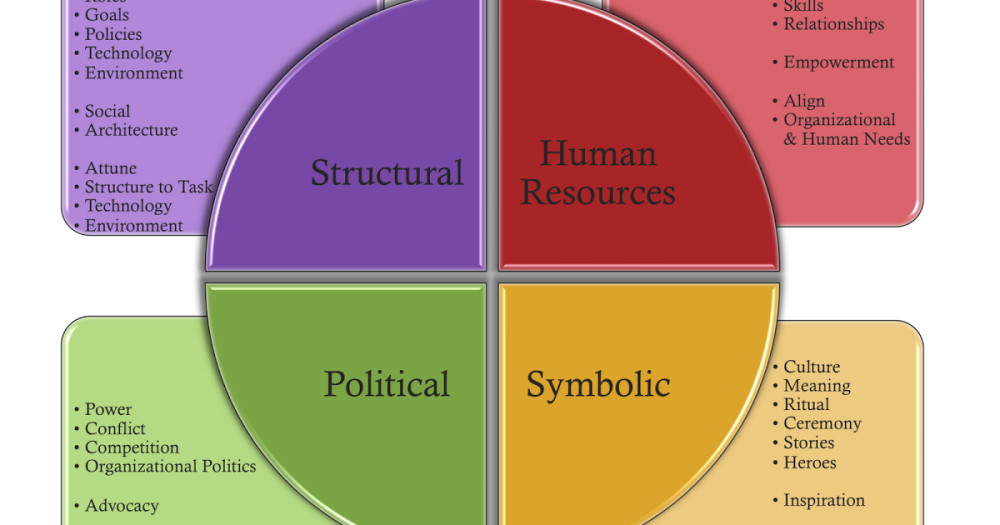Leadership: Encouraging The Heart

Great leadership behavior includes encouraging the heart. It has great benefits on both a personal and organizational level. Encouraging the heart can build positive working relationships which can help to increase productivity. Encouraging the heart is important to boost employee’s confidence and trust in you, it can increase productivity and satisfaction. Encouragement is personal and positive, it strengthens trust between leaders and their constituents. Leaders should find out the types of encouragement that make the most difference among employees. A positive work environment and positive emotion can multiply enthusiasm and commitments. This also makes the leader’s job easier because it makes people want to work. Encouraging the heart can have a supportive effect on employees by reducing stress levels. “Exemplary leaders elicit high performance because they firmly believe in the abilities of their constituents to achieve even the most challenging goals. That’s because positive expectations profoundly influence not only your constituents’ aspirations but also, often unconsciously, how you behave towards them” (Kouses, J. M. & Posner, B. Z. 2016).
Take a look at this great article on Encouraging the heart: http://www.leadershipchallenge.com/resource/encouraging-the-heart.aspx

As a leader, to be positive and encouraging you should focus on your language with constituents. Focus on what will work, rather than what won’t. Celebrate small wins often, recognizing small wins allows people to recognize progress which encourages people to keep going. “Believing in others is an extraordinarily powerful force in propelling greater performance”(Kouses, J. M. & Posner, B. Z. 2016).

Feeling good about one’s work and accomplishments feeds one engagement which feeds productivity. In one of my positions, one of my superiors always led by encouraging the heart. She encouraged me all the time and gave me a lot of advice in regards to the position and for my future goals. She became a great mentor for me. She also always expressed her gratitude for my hard work often. I grew to have trust and respect for her because of this. She always stated how much she appreciated me and was a great example of leadership.
How often should leaders Encourage the heart? Are there limits?
References
Kouses, J. M. & Posner, B. Z. (2016). The leadership challenge: How to make extraordinary things happen in organizations, 6th ed. Hobocken, NJ: John Wiley & Sons, Inc.
http://www.leadershipchallenge.com/resource/encouraging-the-heart.aspx



